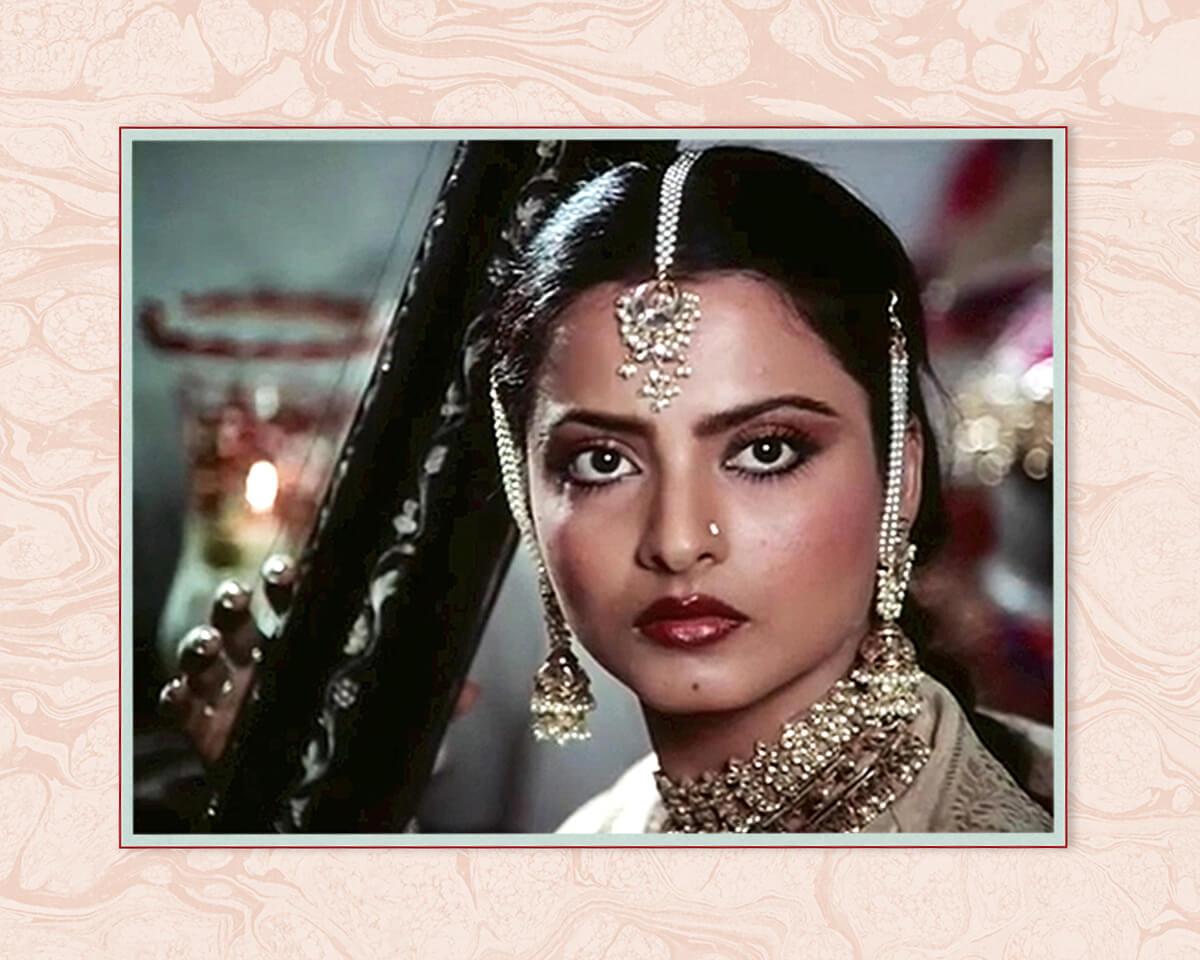Small Treasures: The History and Legacy of the Nose Pin
Nose piercings transcend trends, always appropriate no matter the style, from natural diamonds to solid gold.

For many women, a pierced nose is a coming-of-age ritual of sorts. It signifies womanhood, elegance, and for some even a sense of rebellion. In India, the nose piercing is as much a part of tradition as bangles, a mangalsutra or a bindi. But if you travel across the country the styles and even position of the piercing varies; left or right nostril, weighty hoops or a single natural diamond solitaire stud. What remains constant however is the enduring allure of the adorned nose as an object of beauty.
The Art and Worship of Jewels
Some of the earliest records of nose piercing rituals come not from India, but from the Middle East and indigenous cultures of South and Central America, Central Asia and Australia. The Bible is one of the oldest primary sources with multiple references to nose jewellery: “And I put a ring on your nose and earrings in your ears and a beautiful crown on your head.”Ezekiel 16:12
Some speculate that the tradition travelled to India with the arrival of the Mughals from Central Asia in the 16th century. Others cite ancient Ayurvedic texts published between the 1st and 8th century BCE that suggest it has been around for much longer. The ancient medicinal texts of the Sushruta Samhita mentions the benefits of a nose piercing, suggesting that it helps alleviate menstrual pain and ease childbirth—as a result of pressure points on the left nostril that link to the reproductive system. Images of nose jewellery appear everywhere from miniature paintings to temple sculptures. Well-known female deities like Kalba Devi of Mumbai or Kanaka Durga of Telangana all wear nose rings—in 2018 the latter was gifted a significant natural diamond and gold nose ring to mark the formation of the state. Most famously however it’s the goddess Parvati who wears a nose ring, a symbol of her domesticity and marriage. One of her most famous forms is as the goddess Kanyakumari, whose temple is at the Southern-most tip of India, and whose natural diamond nose jewel is said to sparkle so brightly that it is visible even from the sea.
In India, the nose piercing is as much a part of tradition as bangles, a mangalsutra or a bindi.

Image: Portrait of a Woman, 18th Century via The Met Museum

Image: Lady Making a Garland, From the image collection of Parsaram Mangharam book his ‘Raja Ravi Varma: The Painter Prince’
A Passage Through (The Nose) of India
As a testament to the rich variety of jewellery traditions across India, jewels for the nose comes in multiple forms. For starters, where you choose to pierce your nose is a reflection of your origins. States in North, West and Central India favour the left nostril while South Indian ones prefer the right. Some cultures opt for both nostrils—think of the iconic singer MS Subbulakshmi and her signature style—while others add on a third in the form of a septum piercing.
States in North, West and Central India favour the left nostril while South Indian ones prefer the right.

Image courtesy: MS Subbulakshmi, Grazia; Maharani Narindra Kaur of Kapurthala, Dailymail UK
Once you’ve decided which side to pierce, what type of ornament do you opt for? While some women prefer a more classic style that can be worn all day—like a natural diamond solitaire à la Rekha in Umrao Jaan, a simple ring, or a mookuthi, a more ornate stud in the shape of a jewelled lotus or a swan—others prefer more contemporary designs that can be changed as frequently as other jewellery. The third variety are more elaborate and are usually preserved for special occasions like weddings or religious ceremonies. These include the distinctively cashew-shaped Maharashtrian nath; the North Indian latkan or nathani, both large hoops that are decorated with gems like natural diamonds and supported with an embellished chain which links to the hair. In certain Himalayan states the septum piercing is adorned with a bulak, a triangular ornament that delicately hangs just above the Cupid’s bow.
The bulak is perhaps the more traditional form of the septum piercing that’s currently de rigeur on many Instagram feeds. Spotted on cool-girls like musicians Rihanna, FKA Twigs, and Willow Smith or actor Zoë Isabella Kravitz, the septum piercing and other body jewellery made a big return to style in 2015. It was perhaps the trickle down effect of the Fall/Winter 2015 runway show of fashion brand Givenchy which featured models’ whose faces were decorated with multiple elaborate, jewelled piercings.
The bulak is perhaps the more traditional form of the septum piercing that’s currently de rigeur on many Instagram feeds.

Image: Rekha in the movie Umrao Jaan.
The Style Update
For a more relaxed, timeless take on the nose trinket, look to contemporary diamond jewellery brands who offer nose rings in a range of forms, each crafted out of natural diamonds and other precious materials. From classic studs to more playful, contemporary shapes or traditional, bridal finery, the nose pin takes on many forms.

Image: Mookuthi, an artisanal nose ornament brand from Chennai; Caratlane; Waman Hari Pethe Jewellers

Image: Hazoorilal By Sandeep Narang; Waman Hari Pethe Jewellers; Vummidi Bangaru Jewellers
Whatever style you prefer, what’s clear is that a nose piercing captures many layers of meaning—it’s a form of tradition, identity, and above all self-expression. And like a pair of solitaire earrings or a classic engagement ring, when it comes embedded with a diamond, a bright, sparkling pin can last a lifetime.




